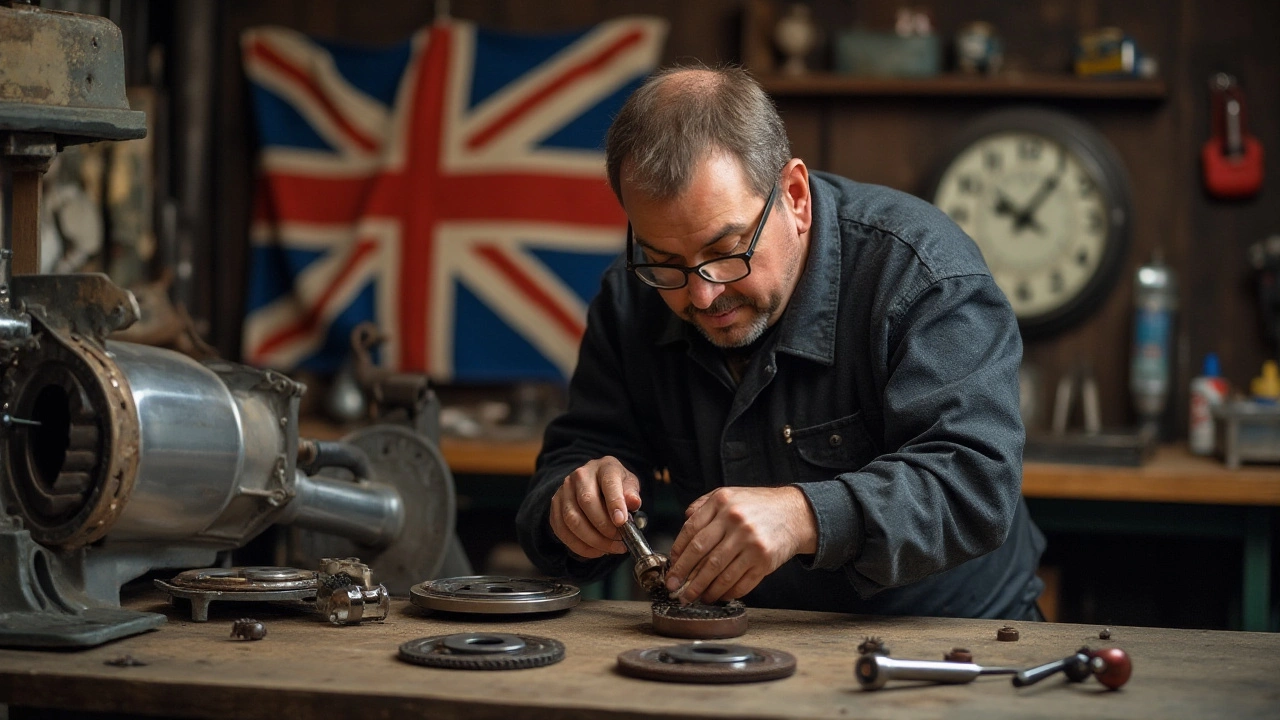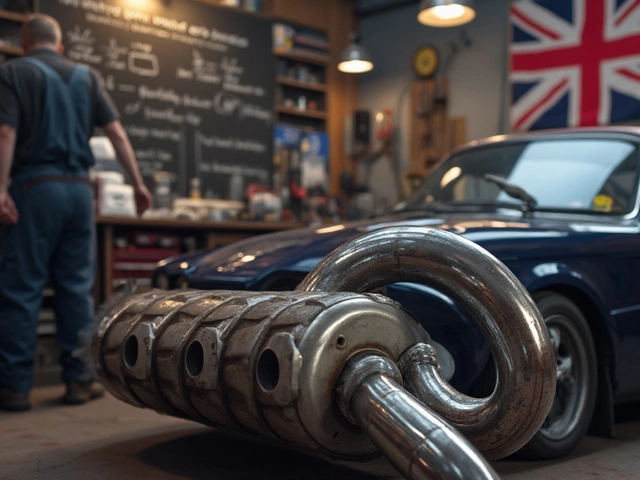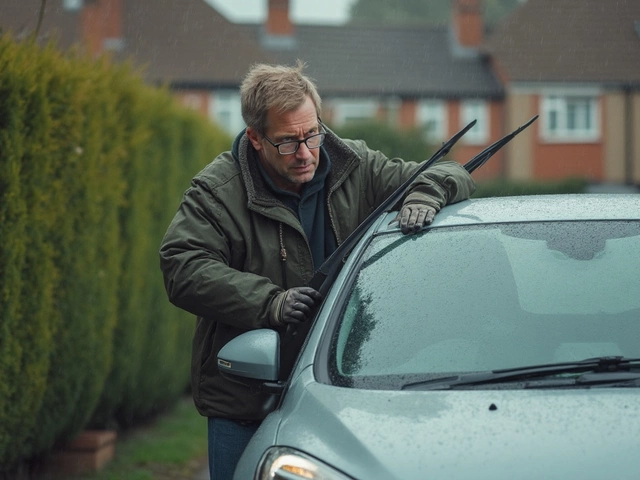Installation tips for car parts you can do yourself
Doing a job yourself can save money and give you confidence. Whether you need new tyres, brake pads or a fresh battery, the right approach makes the work safe and easy. Below you’ll find the basics you need before you start, plus quick guides for the most common installations.
Essential tools for any installation
You don’t need a full garage to get things done. A good set of sockets, a torque wrench, a jack and jack stands are the core pieces. For tyre fitting add a tyre iron and a pressure gauge. Brake work calls for a lug wrench, a C‑clamp and a brake piston tool. Battery swaps only need a pair of gloves and a wrench to loosen the terminals. Keep a flashlight handy – good lighting prevents mistakes.
Step‑by‑step guides for common jobs
Tyre fitting: Warm up the wheel by loosening the lug nuts while the car is still on the ground. Jack up the car, remove the old tyre, place the new one, hand‑tighten the nuts, lower the car and finish with a torque wrench in a star pattern.
Brake pad replacement: After removing the wheel, locate the caliper bolts and remove the caliper. Slide the old pads out, compress the piston with a C‑clamp, insert the new pads, then re‑fit the caliper and wheel. Pump the brake pedal a few times before driving.
Battery installation: Disconnect the negative (-) terminal first, then the positive (+). Lift the old battery out, clean the tray, place the new battery, and reconnect positive first, then negative. Check the voltage with a multimeter.
Air filter change: Open the air box, pull out the old filter, wipe any dust, drop the new filter in the same orientation, and close the box. A clean filter improves fuel economy and engine life.
Each job follows the same safety rule: never work under a car that’s only supported by a jack. Use jack stands or a sturdy ramp. If anything feels unsure, call a professional. A small mistake can become a big repair later.
When you finish, take a short drive to make sure everything feels right. Listen for odd noises, check for vibrations and ensure the car handles smoothly. A quick test drive confirms the job was done correctly.
With the right tools, a clear plan and a bit of patience, most car installations are within reach. Keep this guide handy, and you’ll be ready for the next DIY task that comes up.
 25 December 2024
25 December 2024
The Art of Clutch Kit Installation: A Hands-On Guide
Installing a clutch kit can be a rewarding yet challenging task for car enthusiasts and DIY mechanics alike. This guide aims to demystify the process by breaking down the steps involved, assessing the necessary tools, and providing insights into potential challenges. A well-installed clutch not only ensures smooth gear shifts but also prolongs the life of your car's manual transmission. With safety tips and expert advice, this article will walk you through what it takes to successfully replace a clutch kit on your own.






0